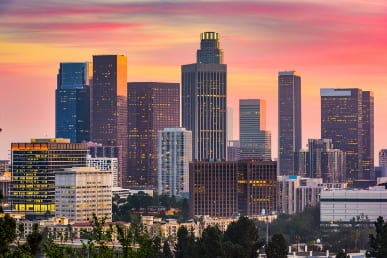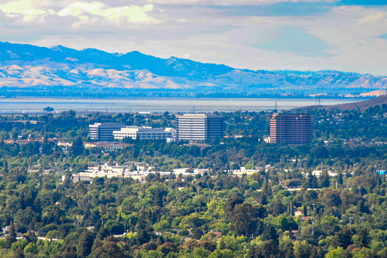By: Attorneys Robert L. Reeves and Elsie Hui Arias
The U.S. immigration system is comprised of several employment- and family-based visa categories. Congress has determined that only a certain number of foreign nationals from each category can immigrate to the United States each fiscal year. Immigrant visas for these categories are issued when they become available according to their “priority date.” In this article, we will discuss the importance of priority dates, and when they can be “recaptured” for a subsequent visa petition.
Generally speaking, the filing date of the visa petition determines the priority date of the alien beneficiary, and his or her place on the waiting list for an immigrant visa. Immigrant workers being sponsored for labor certifications are an exception; the labor certification filing date with the Department of Labor controls as the priority date.
In the context of employment-based immigration, visa petitions filed under the EB-1, EB-2, or EB-3 categories are entitled to the earliest priority date where a subsequent immigrant visa petition in any of these categories is submitted, unless the prior petition was revoked due to fraud. However, these priority dates are not transferable to the EB-4 or EB-5 categories, or family-sponsored visa petitions.
Recapturing an earlier priority date for a subsequent family-based visa petition is more complicated. Here’s a brief overview of the U.S. family-based immigration system: immediate relative (spouse or unmarried child under 21 years old of U.S. citizen); 1st preference (unmarried child over 21 years old of U.S. citizen); 2nd preference (F2A – spouse and unmarried child under 21 years old of permanent resident, and F2B – unmarried child over 21 years old of permanent resident); 3rd preference (married child of U.S. citizen); and 4th preference (brother or sister of U.S. citizen). It is important to note that there is no category for married children of permanent residents.
Regulations implementing U.S. immigration law provide specifically when priority dates can be recaptured for a family petition. Generally speaking, a beneficiary can recapture an earlier priority date if the petitioner and the beneficiary are the same, the petitioner is filing in the same preference category, and the prior I-130 visa petition was not terminated or revoked. For example, if an unmarried child of a U.S. citizen over the age of 21 years old (1st preference category) marries while the petition is pending, then the beneficiary is automatically converted to the 3rd preference category but they will keep the original priority date. However, if an unmarried child of a permanent resident (2nd preference) marries while the petition is pending, then the petition is automatically revoked as a matter of law because no category exists for permanent residents to petition married children. Any subsequent petition that the permanent resident parent files on that child’s behalf (such as a 3rd preference visa when the parent becomes a U.S. citizen) will entail a new filing (priority) date.
Another complicated situation where priority dates can be recaptured involves the children of unmarried sons or daughters who are the principal beneficiaries of their parents’ petitions filed in the 2nd preference category. If these children (derivative beneficiaries) turn 21 years old, they lose their derivative status and move from the F2A category to F2B. Moreover, the children will require a new immigrant visa petition filed on their behalf. Fortunately, these derivative beneficiaries who “aged-out” will be able to retain the original priority date of their initial petition.
Priority dates directly determine when an individual can immigrate to the United States or adjust their status to permanent residency. As you can see, attempting to recapture an earlier priority date to ensure more timely immigration can be complex. Individuals seeking assistance with recapturing a priority date from a prior petition should consult with knowledgeable and experienced immigration attorneys.




